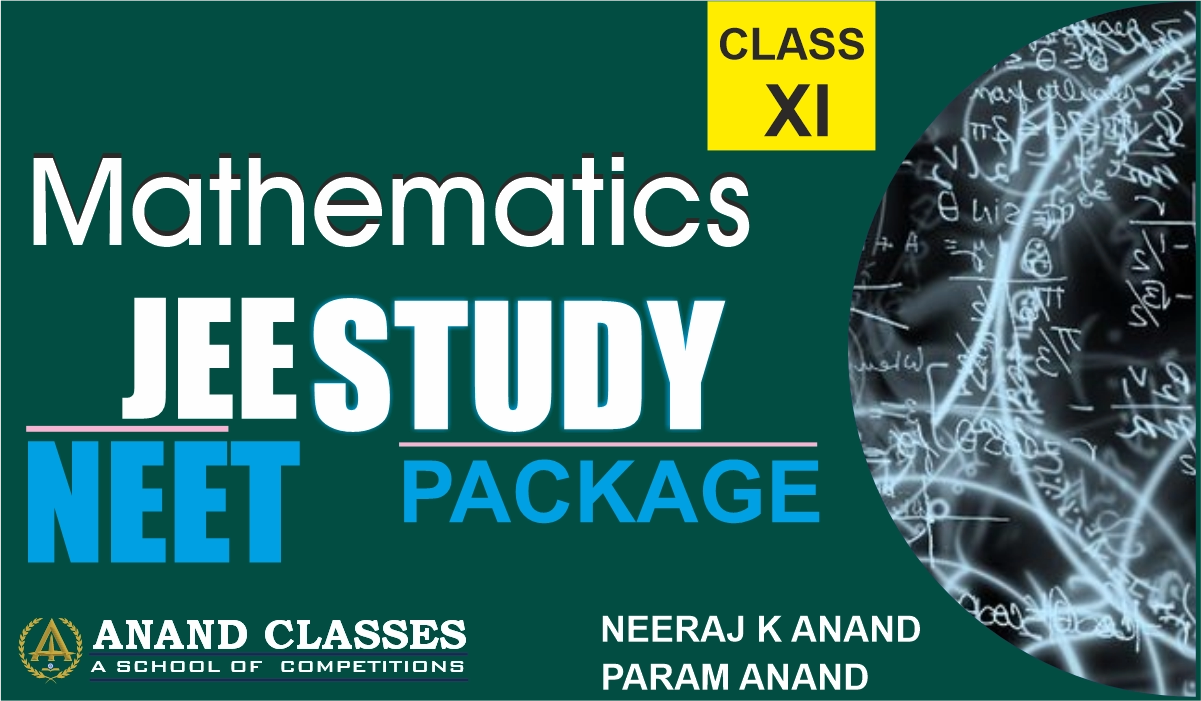Zeroth Law of Thermodynamics: Definition, Applications & FAQs

Zeroth Law of Thermodynamics states that when two bodies are in thermal equilibrium with another third body than the two ...
Read more
State Functions in Thermodynamics-Definition, Examples, Types

What Is State Function in Thermodynamics? A property whose value doesn’t depend on the path taken to reach that specific ...
Read more
Intensive and Extensive Properties – Definition, Examples with FAQs

What is Intensive Property? An intensive property is one that does not depend on the mass of the substance or ...
Read more
Thermodynamics Laws,Systems,Properties,Processes Notes

Thermodynamics is concerned with the ideas of heat and temperature, as well as the exchange of heat and other forms ...
Read more
Thermodynamics-Laws Of Thermodynamics, Applications with Examples

What is Thermodynamics? The branch which deals with the movement of energy from one form to the other and the ...
Read more
Hydrogen Bonding–Definition, Types, Effects and Properties

In chemistry, a hydrogen bond is an electrostatic force of attraction between a hydrogen atom and another electronegative atom. It is a ...
Read more
Molecular Orbital Theory(MOT)-Chemical Bonding Chemistry Class 11 Notes Study material

The Molecular Orbital Theory is a chemical bonding theory developed at the turn of the twentieth century by F. R. ...
Read more
Hybridization-Definition, Types, Rules, Examples-Chemistry Class 11 Notes

The concept of hybridization is defined as the process of combining two atomic orbitals to create a new type of ...
Read more
Valence Bond Theory(VBT): Postulates, Applications & Limitations

Valence bond theory (VBT) describes the formation of covalent bonds and the electronic structure of molecules. It assumes that electrons ...
Read more
VSEPR Theory: Postulates, Limitations, Shape of Molecules & FAQs

VSEPR Theory tells us about the basic structure of the molecules based on the force of repulsion between lone pair ...
Read more
